Smog season to test remedial steps
1,248 e-bikes registered under incentives scheme across province
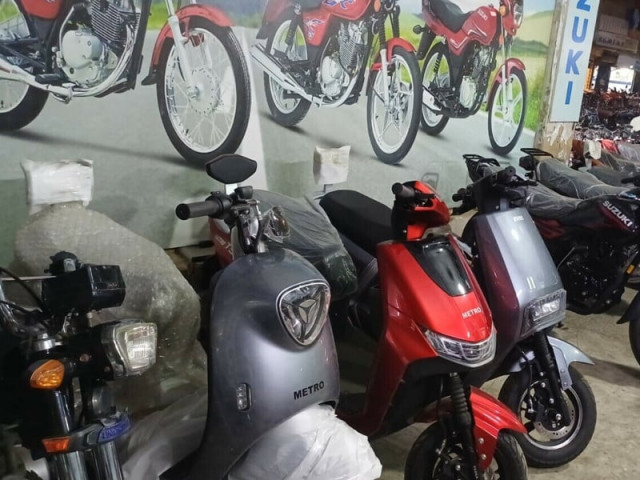
As Punjab heads into another smog season, the Chief Minister Green Credit Programme launched less than a year ago has logged 1,248 electric bike registrations, with 755 added in August, according to the Punjab Environmental Protection Agency (EPA).
EPA spokesperson Sajid Bashir claims the programme is already reducing traffic noise, smoke and congestion. "Electric bikes are the future of low-emission transport in Punjab," he said, noting projections of thousands of tonnes of carbon dioxide reductions each year.
Air quality specialists agreed that widespread replacement of petrol-powered motorcycles could cut the fine particulate matter that drives the city's notorious smog.
"However, without aggressive action against industrial pollution, e-bikes are a bandage on a gaping wound," warned an environmental scientist.
In Lahore's most polluted neighbourhoods, residents complained that inspections of smoke belching factories and crop burning sites are rare and ineffective.
"The environment protection department shows up after public protests but never stays to enforce the law," said Ahmad Raza, a shopkeeper in Shahdara.
Others described the agency as "reactive at best," accusing it of waiting for emergencies instead of preventing them.
The e-bike programme's structure is designed to spur genuine usage rather than token participation. Buyers receive an initial Rs50,000 directly into their bank accounts or mobile wallets once their e-bike is registered. A second payment of the same amount is released after riders clock 6,000 kilometres within six months and upload proof through the Green Credit mobile app.
This two-stage benefit effectively halves the purchase price for many commuters and ensures that the e-bike replaces, rather than supplements, a petrol motorcycle.
However, the public charging infrastructure is sparse, forcing many users to rely on home charging that can strain unreliable power grids.
Environmentalists also caution that poorly regulated battery disposal could introduce a new wave of toxic waste.
Meanwhile, Lahore's air continues to rank among the world's worst. During peak smog months, PM2.5 concentrations regularly exceed World Health Organisation safe limits by more than 10 times, causing a spike in asthma, bronchitis, and heart disease.
Provincial planning documents show that motorcycles account for 70 per cent of daily vehicle trips, making them a starting point but hardly the whole picture.
The Punjab government's official goal is to electrify 30% of all transport by 2030.
"The e-bike plan is an important piece of the puzzle, but not the entire solution," said a transport analyst.
Meanwhile, the environment department and Lahore Transport Authority seized a trailer near Thokar Niaz Baig, carrying 41 tonnes of used tyres illegally transported from Karachi for burning in pyro plants to supply fuel to factories and steel mills.
Environment Deputy Director Ali Ejaz explained that burning tyres releases toxic smoke, worsening air pollution and intensifying smog.
He said this practice not only endangers public health but also causes irreparable environmental damage.


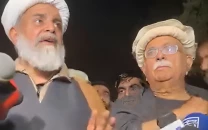
1675249047-0/image-(18)1675249047-0-208x130.webp)

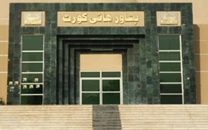


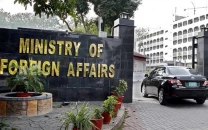

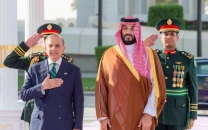
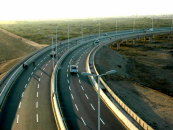

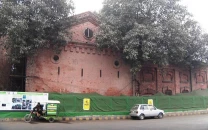








COMMENTS
Comments are moderated and generally will be posted if they are on-topic and not abusive.
For more information, please see our Comments FAQ